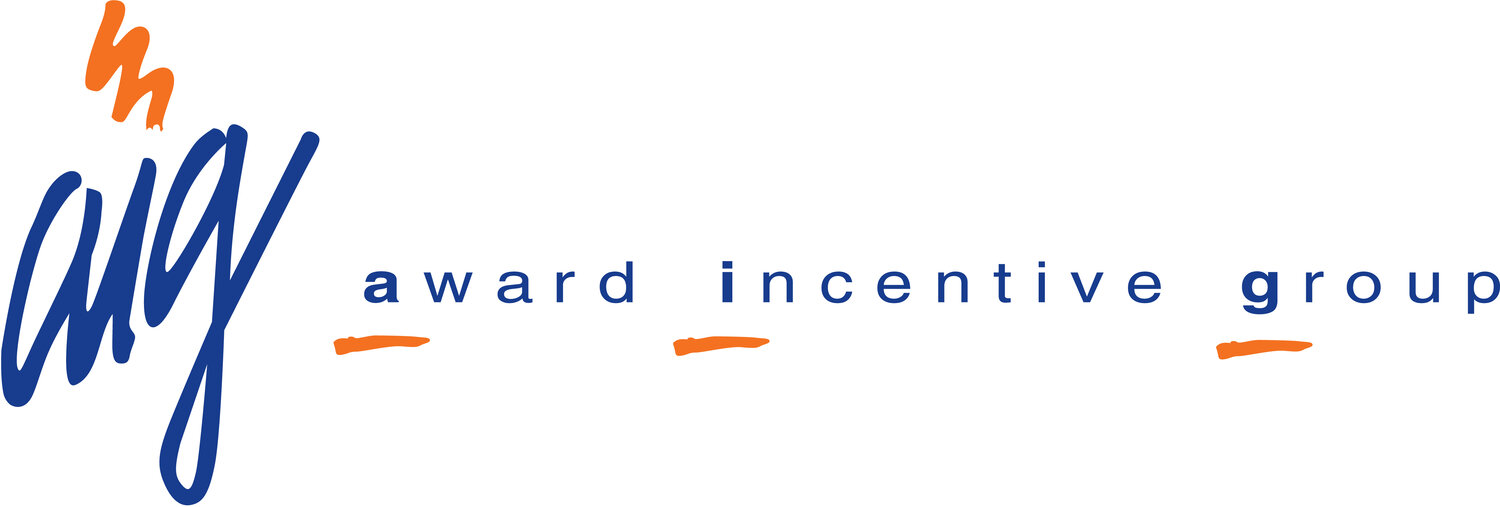1. Communicate What is Expected
We all have a craving to be appreciated and recognized. Do you recognize the types of behaviors you want repeated? Do you communicate with your employees what it takes to get to those levels of achievement? Make sure that your mission, vision and values as a company are effectively communicated to all employees. Miscommunication of goals and objectives is often the cause or catalyst of a recognition program’s downfall.
2. Timing
Isn’t it disappointing when Aunt Sara sends your birthday card a month late? It’s nice that she eventually remembered but you wonder why she couldn’t have gotten it to you ON your birthday. The same principle applies to recognition. Timing is everything. It’s important to present the award when it is due, no earlier- no later. Timely recognition sends the message you are important and your special achievement is important to me and to the company.
3. Make it Memorable
Consider this: you have just earned a gold medal at the Olympics. You are standing on the podium, the National Anthem is playing, the crowd is cheering and tears are welling up in your eyes. The presenter walks up to you to give you your well deserved recognition and he hands you a flat screen television. Can you just imagine that scene? All that training and sacrifice for something you could have bought at Walmart? Recognition should not be a retail experience. What do you want your employees to remember about their time in the spotlight? Don’t miss the opportunity to Make it Memorable.
4. Motivation from the Top
It is said that the relationship between the employee and their immediate supervisor is the key to an engaged and motivated workforce. Does management have a vested interest in recognition initiatives within your company? Do they play an active role in implementing recognition programs and presentations? Make sure that you establish a top-down recognition strategy. Your employees need to know that recognition is a priority from senior management down to their immediate supervisor.
5. It’s All In the Presentation!
The golden rule applies here. Do unto others as you’d have them do unto you. Regardless of the reason for recognition, it is most effective when done in an audience of peers. This sends a powerful message to the recipient and it shows everyone in the attendance, the value of that person to your organization. It also solidifies the link between individual achievement and the organization’s larger vision, mission and goals.

